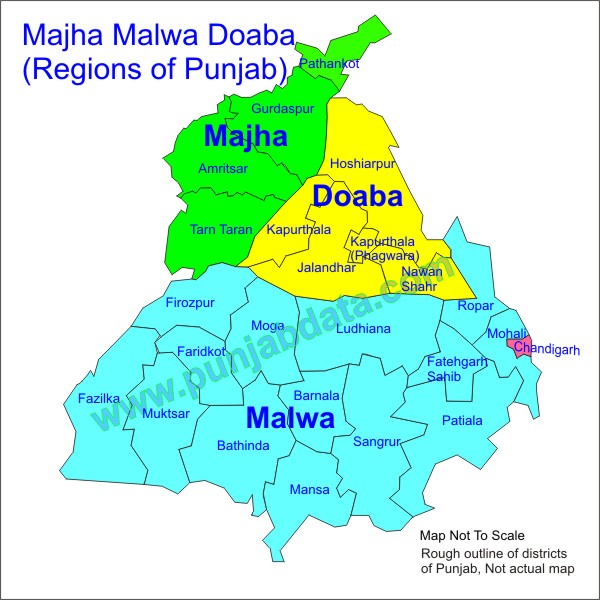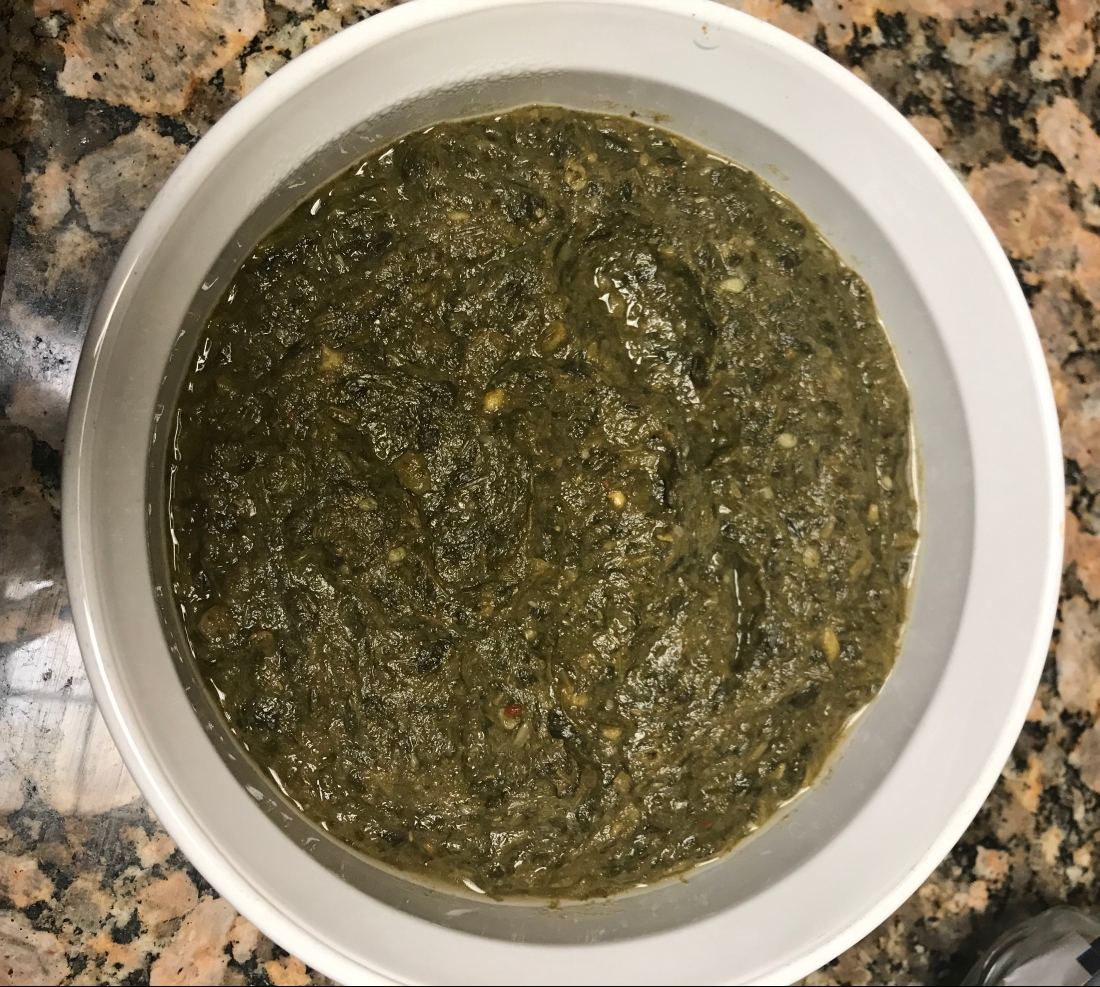Hey guys! So with the help of the comments, I realized my first post from last week was a little too much, bulky and I should have started slowly. From now on I will consider that. So in this post I will be shifting over to the background, explain the state/region I am from and that is very famous in India too….Punjab! After all, the background, the culture plays a significant factor in the food. So join me in my journey as I revisit Punjab!
History
Punjab got its name from the five rivers in North West India and North East Pakistan. Punj means five and aab means water, so Punjab means five waters. These five rivers divide the state into three regions: Majha, Doaba and Malwa. Since my mother is from Amritsar and my father is from Gurdaspur, both cities which fall under the Majha region, that is our region. Punjab receives the natural benefits and fertile soil that gives good cultivation. The smell of the soil is so rich and strong that the first time I went to India, as we landed at the Amritsar airport and I took my first little foot (I was two years old) out of the plane, I knew I was finally in the country, in the homeland of my parents. I was very excited, little that I was but my parents had tears of joy, they felt relief at last because that was the first time they went back together after their marriage (four years). I could not even imagine living four days without them, God know how they did that! Sighs.

Punjab is one of the oldest cultivation on Earth with its distinguished language, culture, food, attire, script, folklore, people…etc which I will be mentioning partly now and tying in the rest in my future posts. Punjabi language has its originating source in Sanskrit (not Hindi or Urdu as many may believe). For example, the family of Indo-European group of languages which includes Persian and Latin.
The Famous Historical/Tourist Site
This state is the place of Sikhism (the Sikh religion of Punjab) as it includes the most holy Sikh shrine, The Sri Harmandir Sahib (or Golden Temple), in Amritsar which again is where my mother is from so it is only ten minutes away. We are very lucky to be from Amritsar mainly because it resides one of the most famous, holy site and because it is a city so there is always electricity (before there used to be cuts in the cities too but now that has changed and it is the villages that face these problems). We always stay longer in Amritsar since everything is there and we have quick access to everywhere especially by our own car and do not have to sweat about catching a rickshaw! I absolutely love being in Amritsar!
The Golden Temple is made of tons of gold and is surrounded by water which is called the Amrit Sarovar (holy water). We always go to the Golden Temple every time we go to India and even try to go multiple times especially because we go from here, seven seas across! Last summer, 2017 was the fifth time I went and we went as soon as we landed, went home, drank some tea, showered and changed because we were lucky to land so early in the morning which is the only time it is a little less crowded than the usual. The second time we went when there was some protest going on so again there were less people, less traffic and we were able to bathe in the sarovar. For those that are religious and strongly believe in God, it is said that bathing in the holy water and praying as you do so, helps to relieve stress/worries/problems and clean the sins. Regardless of whether a person has done something wrong or not, the holy water is very pure and clean so it is very valuable, precious.
Cuisine
Time for food! I have water in my mouth as I type! Mmmm! The cuisine of Punjab has a great variety of delicious with great, strong aroma of vegetarian and non-vegetarian dishes. My family and I though are vegetarian Punjabis (do not eat eggs alone, but it an be an ingredient in for example sweets like cake). In Punjab, home cooking is different from the restaurant cooking style. The restaurants usually use desi ghee (homemade butter), butter and cream to really enhance the taste of the food and compel people to end up licking their fingers. At home, on the other hand, only very few or the old, elder, traditional people use desi ghee while most prefer using sunflower oil or some other refined oil for cooking, with the basic idea of making the food low fat.
The main traditional Punjabi foods are – Sarson ka saag (spinach), Shahi paneer (cottage cheese and gravy), Dal makhani (buttery lentils), Rajma (kidney beans), Chole (chickpeas), Aloo (potatoes), Different kinds of roti or chapati/bread: Tandoori Roti (baked chapati), Makki di Roti (corn chapati), Naan (pita chapati), Phulka/Roti (regular, flour chapati), Puri (deep-fried regular flour chapati), Papad (thin, crisp seasoned chips), Lassi (drink made of mixing yogurt and water), Kheer (sweet dish-rice pudding).
All of these are my favorite and let me say, if they are cooked properly with love and patience, the results are AMAZING! Eating these dishes in Punjab, India just add more flavor because they are made with fresh, organic ingredients. The Saag is very famous and some people like eating it a lot to the point where they can eat it almost every month! Although I have noticed from our nearby friends/families and the Gurudwara (temple, worship place), most people like to eat Saag in the winter like us. My family, too loves this dish with the Makki di Roti (corn chapati). At first, when I was younger I did not like this type of chapati at all because I thought it was very thick so I will not be able to swallow/digest it properly, but recently I have started liking it I guess because of how studies say our taste buds usually change every seven years. Like I mentioned in my first post, my mom makes the best food and I usually help her so I can learn too. We recently made Saag at home which took us a total of four hours (from chopping to cooking) and boy was that work! I told my mom that when I get married, I will only make it once a year unless my husband helps me! Haha! However, most good, great tasks take a lot of work, hard efforts to reach the satisfying results and as soon as we ate, we forgot about all the time it took us to cook. Our exhaustion went away by bringing smiles on our face (when something tastes so good smile, eyes closed and the “Mmmmm”).

Saying Goodbye and Hello
The most hard part is coming back from Punjab, India. I always try but it is very hard to hold in the tears and to not create an upsetting moment because I miss my family, the food, the shopping/stores, the smell of the soil, all in all I miss PUNJAB! Sometimes, I do not feel like I was born here in the United States and instead that I was born there, my family there even says the same. They say whenever we go to India, they never feel like we have come from the US because my brother and I do not have any mispronunciations or trouble adapting. We are always quick to blend in because living in the US we have not forgotten our culture and have kept every part of it alive thanks to our parents. We have Punjab here with us at home, through our house spoken language/mother tongue, Punjabi, our homemade food and almost everything we do!
A lot of people from other countries, backgrounds visit Punjab, India and other famous places in the country. There are a lot more tourists visiting than before because they have heard more about the history, food, culture/tradition so I would always suggest more people to go if possible. The real life experience (from my experience) helps more to understand and know how the places in India are similar and how they are different within and compared to other countries. Thank you Punjab for teaching me so much and thanks to my parents for showing me. There is a lot more to share about Punjab, its culture and cuisine, so stay tuned!













You must be logged in to post a comment.